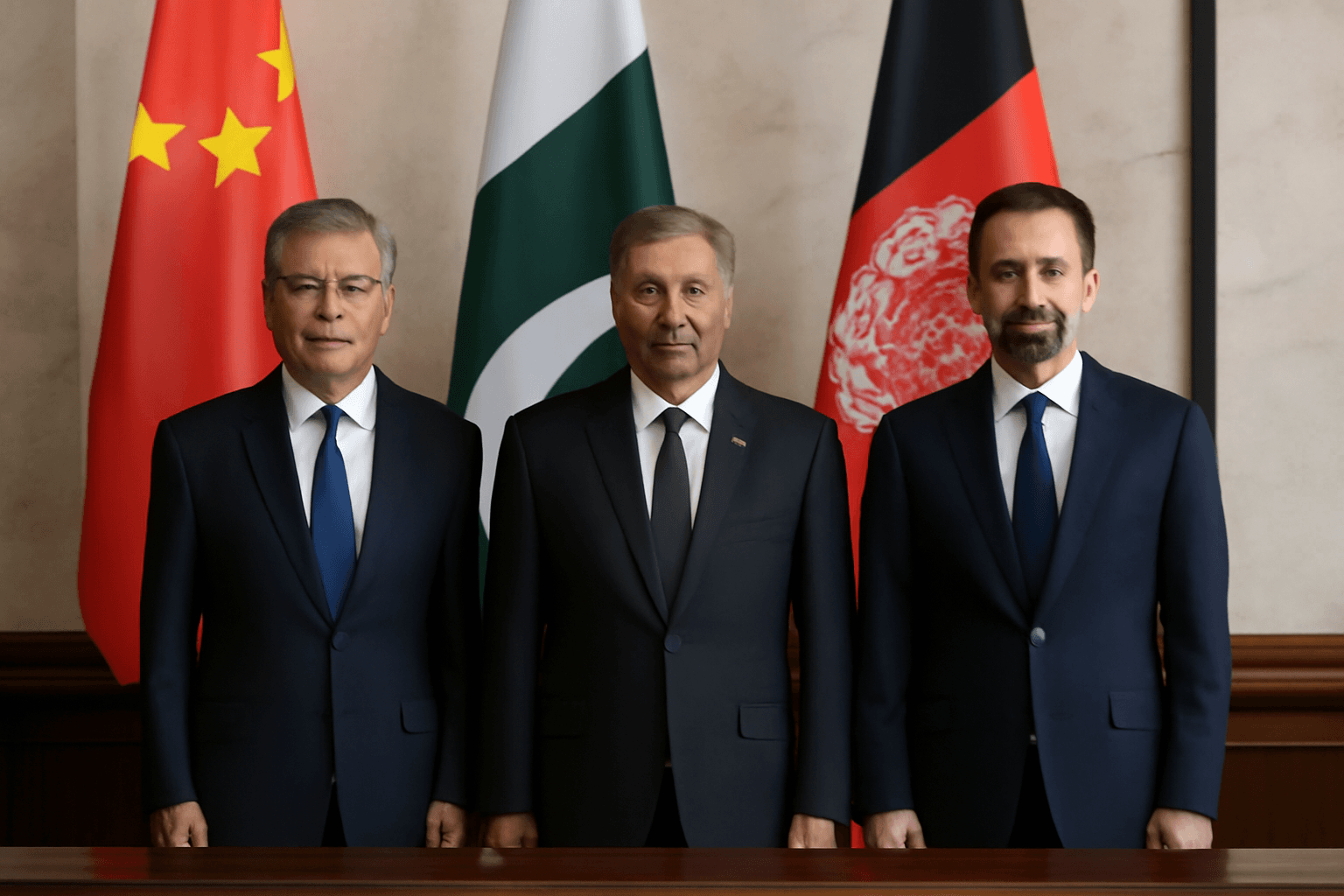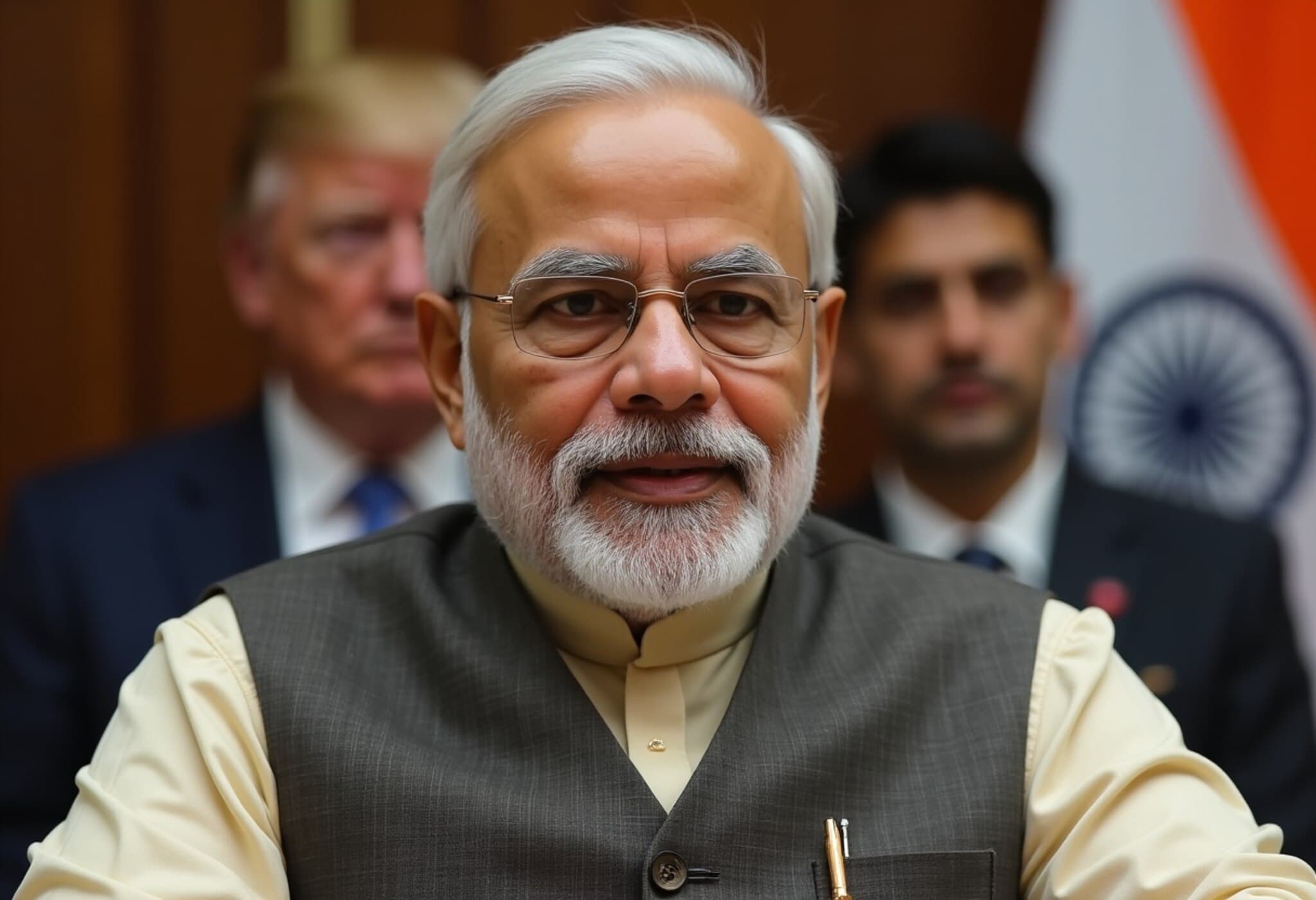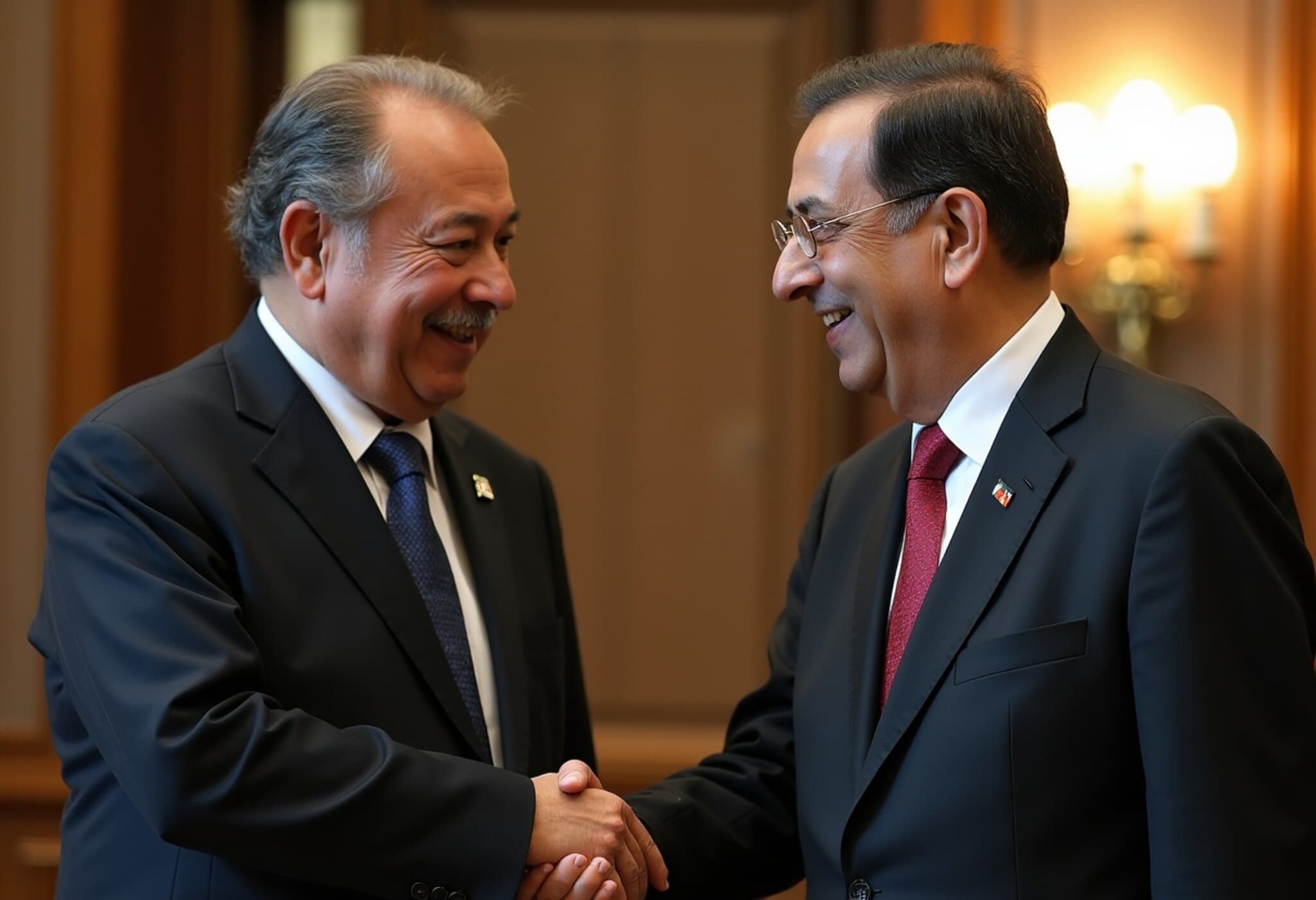India Extends Ban on Pakistani Aircraft Amid Prolonged Airspace Conflict
On the night of August 22, 2025, Indian aviation authorities issued a fresh notice to airmen (NOTAM), extending the ban on all Pakistani airlines and aircraft from entering Indian airspace until 5:29 am on September 24. This move came as a direct reciprocal response to Pakistan’s similar extension of restrictions on Indian carriers, marking the fifth consecutive month of mutual airspace closures between the two South Asian neighbors.
Background: A Tit-for-Tat Airspace Lockdown
The current cross-border aviation restrictions trace their roots back to the April 2025 Pahalgam terror attack, where Pakistan-based terrorists claimed the lives of 26 civilians. This horrific event intensified already strained relations between New Delhi and Islamabad, prompting Pakistan to initially impose a one-month ban on Indian airlines starting April 24, 2025. India responded swiftly, enforcing a similar ban on Pakistani aircraft beginning April 30. Since then, each country has incrementally extended the ban in monthly installments via NOTAMs, maintaining a standoff that has now stretched over five months.
Operational Impact: Who Feels the Blow?
The extended closure has significant implications, especially for Indian airlines. According to aviation analysis company Cirium, approximately 800 weekly flights—mostly from northern Indian hubs to West Asia, Europe, the UK, the Caucasus, and North America—are forced to navigate longer, costlier detours avoiding Pakistani airspace. Flight durations have increased by anywhere from 15 minutes to several hours, depending on destination, leading to higher fuel consumption, greater emissions, and complex crew management challenges for Indian carriers.
- Air India operates extensive routes across international markets, bearing the brunt of these reroutes.
- IndiGo has had to halt certain Central Asian flights, such as Delhi-Almaty and Delhi-Tashkent, as detours surpass the operational range of their narrow-body aircraft.
- Other Indian airlines—Air India Express, Akasa Air, and SpiceJet—primarily flying to West Asia, similarly face route disruptions and cost escalations.
By contrast, Pakistan’s national carrier, Pakistan International Airlines (PIA), possesses a more limited international network. PIA operates roughly six affected weekly flights (notably between Kuala Lumpur and Pakistan’s main cities) that used to pass through Indian airspace. Hence, the direct operational impact on Pakistan is relatively minimal compared to India’s extensive international connectivity.
Geopolitical and Economic Dimensions
Experts underscore that this prolonged aerial standoff reflects deeper unresolved geopolitical tensions between India and Pakistan, complicating bilateral relations beyond mere aviation logistics. The impact extends to commercial airline economics, regional connectivity, and passenger convenience. The enforced detours not only inflate operational expenses but also hamper India’s aviation competitiveness on strategic long-haul routes.
Moreover, maintaining restrictions raises critical questions about the future of civil aviation cooperation in South Asia—an area where air connectivity could serve as a bridge for dialogue and economic collaboration.
Looking Ahead: What’s Next for India-Pakistan Airspace?
With both nations choosing to sustain this reciprocity through September, aviation stakeholders and policymakers face mounting pressure to either find a diplomatic resolution or brace for continued operational hurdles. Historically, airspace closures have been a double-edged sword—while aiming to assert national security, they drive up costs, inconvenience travelers, and strain international aviation agreements.
As the latest NOTAM expires on September 24, industry observers will keenly watch for any signals of easing tensions or further escalation. In the meantime, airlines are compelled to navigate a complex patchwork of airspace restrictions that underscore the fragile peace in the region.
Expert Insight
Dr. Sameer Rao, a senior analyst at the Institute for South Asian Studies, comments: "The reciprocal airspace bans manifest the ongoing trust deficit between India and Pakistan. While understandable from a sovereignty and security standpoint, these closures disrupt more than just flights—they impact economic ties and people-to-people connections. Sustainable peace in the skies requires diplomatic initiatives that address root causes, not just reactive policies."
Editor’s Note
The repeated extension of airspace bans between India and Pakistan highlights how geopolitical tensions directly affect everyday facets like air travel and trade. Beyond the inconveniences and financial toll on airlines and passengers, these restrictions symbolize a broader failure to resolve longstanding conflicts peacefully. As readers, we should reflect on how transport corridors often mirror diplomatic relationships—when trust breaks down, even the skies become battlegrounds. Will the upcoming NOTAM expiry mark a turning point towards dialogue, or are we witnessing the normalization of prolonged aerial standoffs? The answer remains to be seen, but it undoubtedly calls for thoughtful attention from policymakers and citizens alike.



















